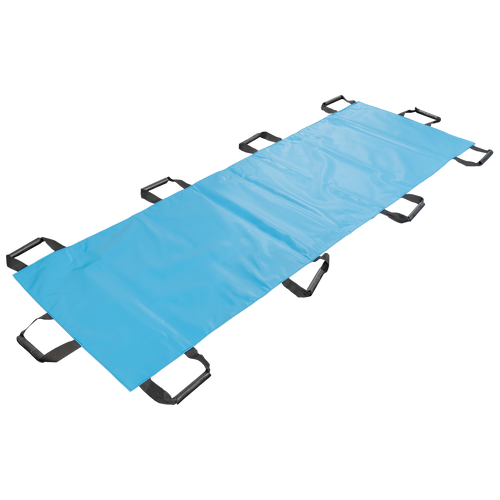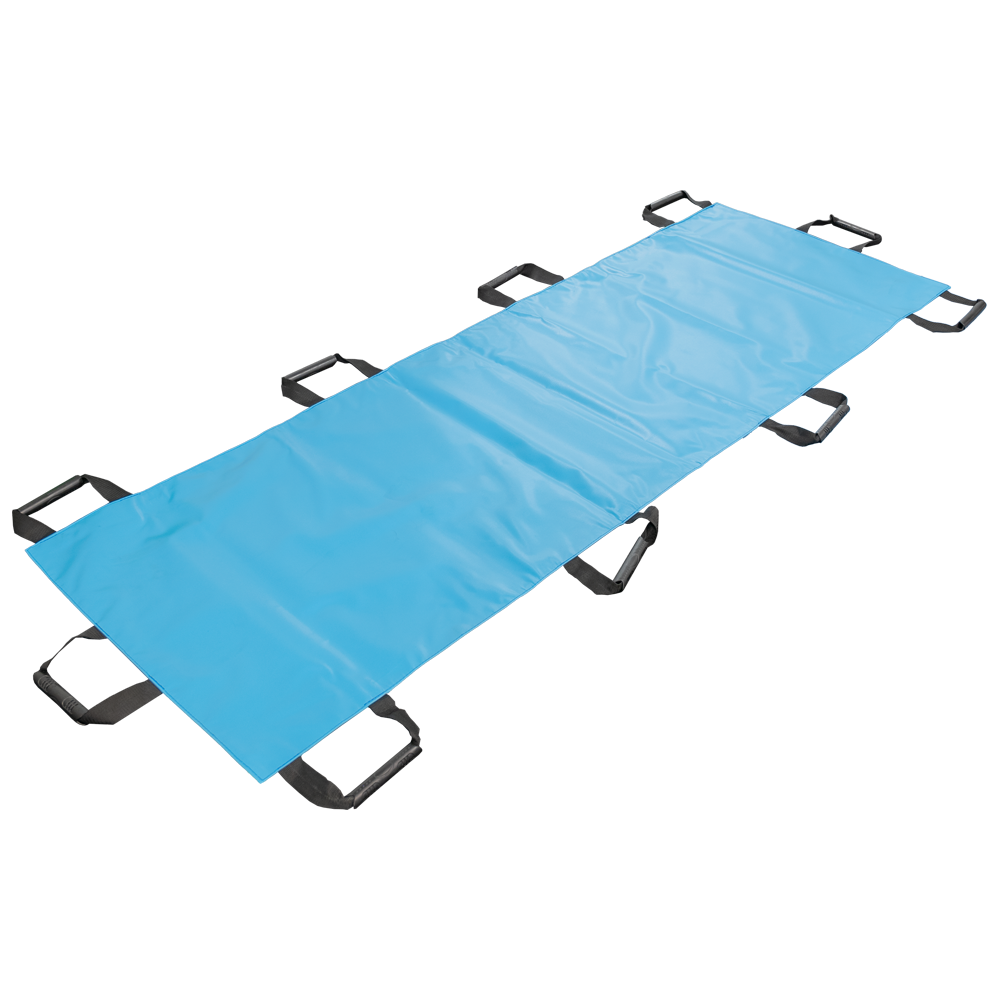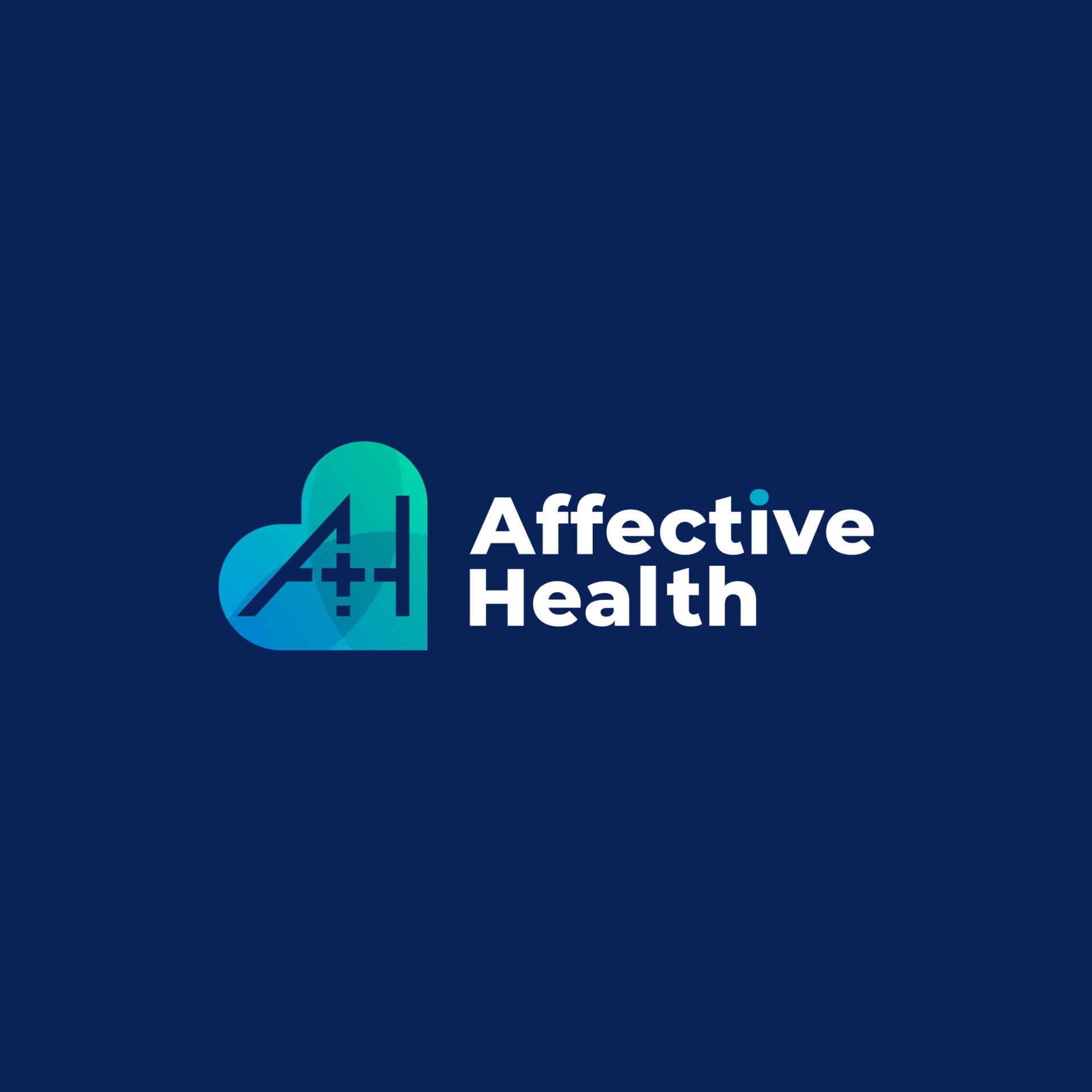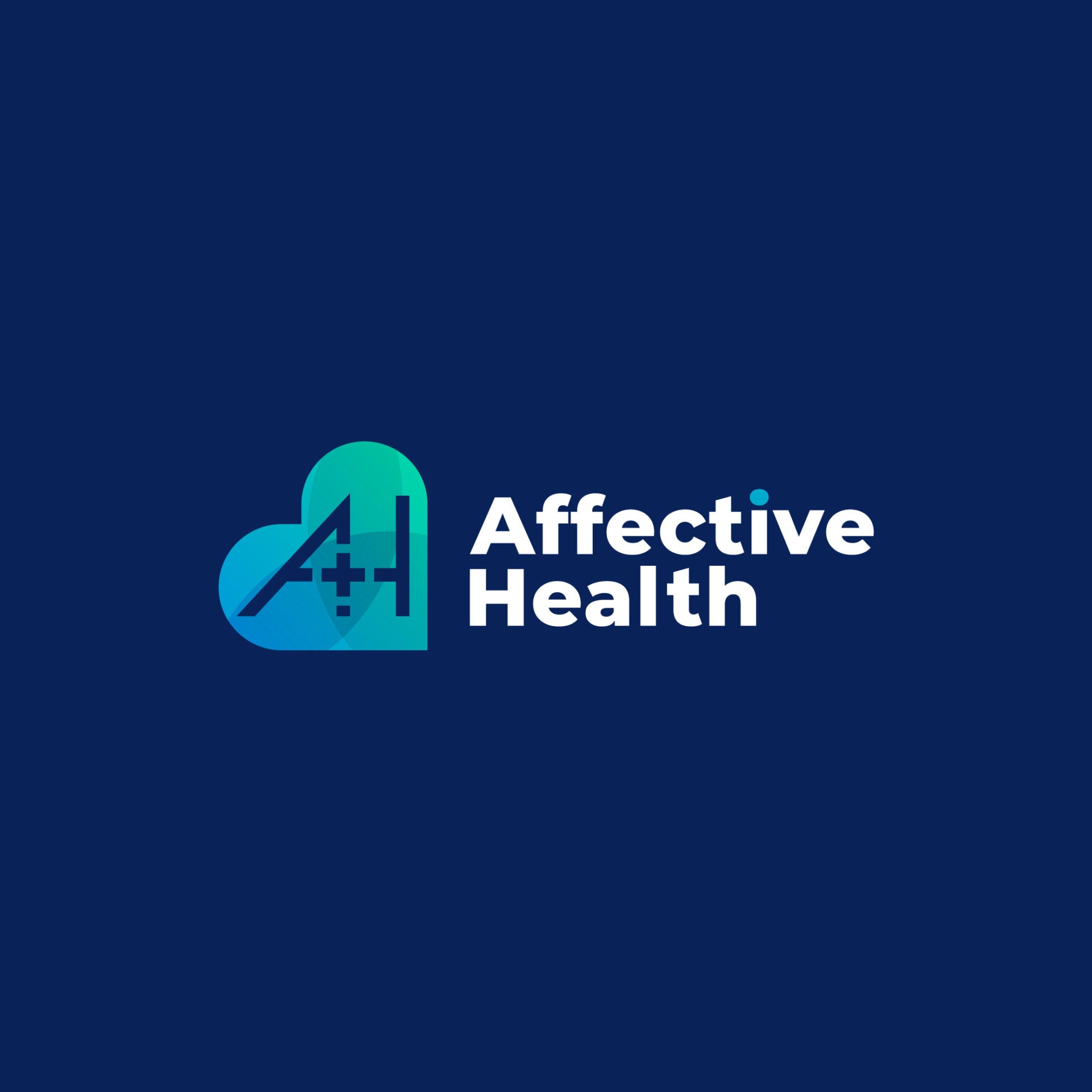Patient Transport & Mobilisation Equipment
Reliable patient transport and mobilisation solutions for safe, efficient care in hospitals, clinics, and emergency settings.
Summary
Safe and effective patient transport and mobilisation are critical components of healthcare delivery, whether in hospitals, aged care, or emergency medical services. Tools like soft stretchers and patient transfer boards ensure both the safety of patients and the efficiency of healthcare staff. This guide explores the available transport and transfer products, including best practices and usage tips.
Why Patient Transport & Mobilisation Matter
Every year, thousands of healthcare professionals experience injury due to manual handling during patient transfers. According to Safe Work Australia, over 40% of serious musculoskeletal injuries in the healthcare sector stem from patient movement tasks¹.Proper mobilisation tools not only reduce injury risk but also:
- Enhance patient comfort and dignity
- Improve care delivery speed and safety
- Assist in compliance with OH&S regulations
Products like the AERORESCUE soft stretcher and patient transfer boards provide low-friction, secure solutions for lifting, repositioning, and transporting patients in a variety of clinical settings.
Soft Stretchers: Lightweight and Versatile
The AERORESCUE Soft Stretcher is an essential piece of equipment for rapid patient movement, particularly in emergency and retrieval scenarios.
Key Features:
- Lightweight and foldable for easy storage
- Strong handles for multi-person carry
- Waterproof and easy-to-clean surface
- Suitable for confined or hard-to-access spaces
Soft stretchers are widely used in:
- Ambulance services
- Disaster zones
- Aged care and home nursing
- Hospitals during non-ambulatory transport
They offer an efficient way to transfer patients without needing bulky equipment, and they are compatible with most first aid protocols.
Best Practices for Patient Handling
Improper patient mobilisation can lead to injury or patient distress. Here’s how to ensure best outcomes when using transfer equipment:
Key Guidelines:
- Always assess the patient’s mobility level before transferring
- Use two or more trained staff for stretcher or board use
- Communicate clearly with the patient during movement
- Maintain proper body posture and alignment
- Disinfect and inspect equipment before each use
According to the Australian Commission on Safety and Quality in Health Care, hospitals should include mobility aids like transfer boards in their manual handling policy to minimise staff injuries and patient falls.
Featured Products

Transfer Boards: Safe Movement with Minimal Strain
Patient transfer boards provide a bridge between surfaces—ideal for moving patients from beds to stretchers, chairs, or examination tables without lifting.
Available Types:
- Transfer Board Large (1800 x 580 x 4.5mm, 150kg capacity)
- Transfer Board Small (1180 x 580 x 4.5mm, 150kg capacity)
These boards reduce the physical strain on carers and minimise patient discomfort. Made from durable, low-friction materials, they’re designed to slide smoothly under a patient and between surfaces.
Best Used In:
- Aged care facilities
- Rehabilitation centres
- Emergency departments
- Hospitals with high patient flow
They meet the manual handling standards set by the Australian Government’s health departments and can support various patient weights.
Conclusion
Patient transport and mobilisation equipment is fundamental to safe and effective care. Whether you're using a soft stretcher in an emergency or a patient transfer board for daily repositioning, these tools protect patients and healthcare staff alike.
Choosing the right product, using it correctly, and integrating it into care protocols leads to better outcomes and lower injury risks.
Need dependable patient transport solutions?
Explore our full range of patient transfer boards and soft stretchers to support your care environment with trusted, hospital-grade products.
📞 Call 1300 615 193 or order online at our website.



